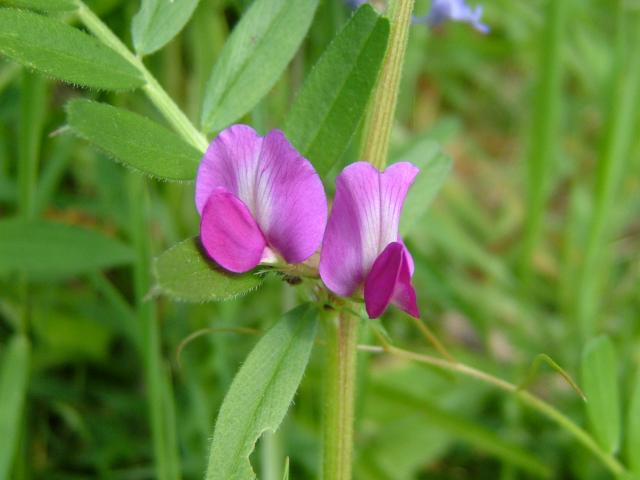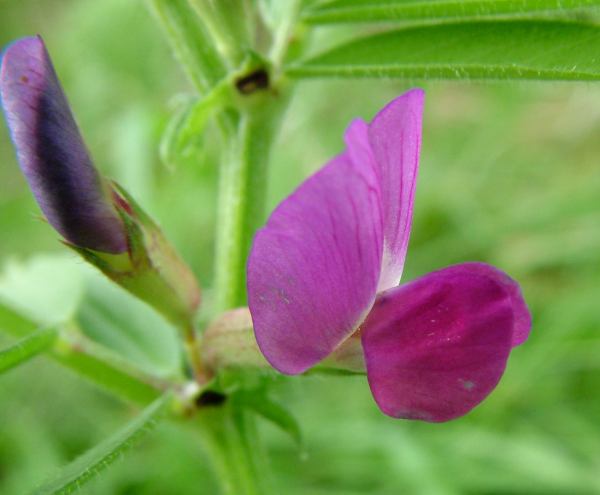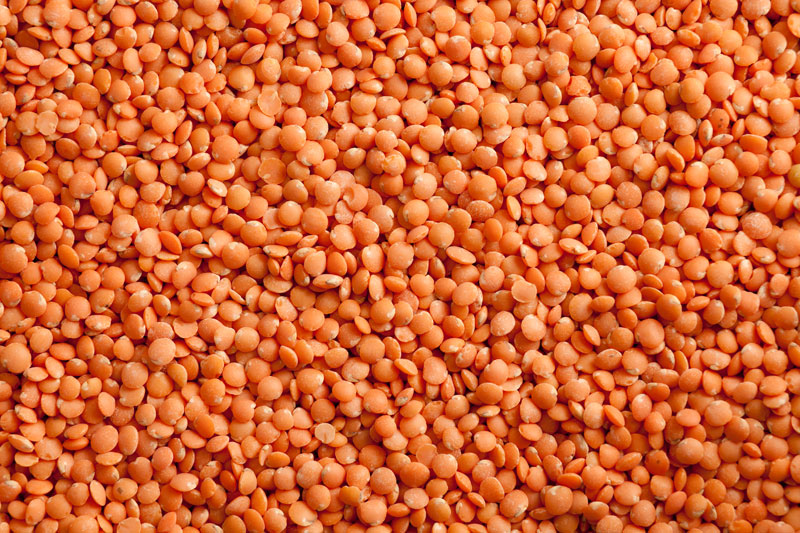Iqbal Murad Thahir1, Al-Rawi Caser G Abdel2
Field Crops, Salahalddin University, Iraq 2Horticulture, Dohuk University, Iraq
Key words: Seed germination, water stress, lentil, mungbeans, common vetch.
Abstract
A laboratory attempt was made to evaluate germination performances of three lentil cultivars namely Nineveh, Adlib and Baraka, besides Common Vetch and Mungbeans under varying soil water availabilities. Soils were moistened to 100, 75, 50 and 25% of its water available capacity and were used as germinating media. Germinating seeds in 0% soil AWC depletion was surpassed over that of 25, 50 and 75% depletion of AWC in terms of final germination percentage (2.8, 13.3, 53.2%, respectively), radical length (16.6, 48 and 129.1 %, respectively), plumule length (27.5, 34.8 and 128 %, respectively). This treatment also revealed substantial reductions in days required for peak germination (36, 50.8 and 63.9, respectively) and days required for first emergence (5.6, 50 and 75%, respectively).  Thus, treatments can be arranged according to their adversities as below: 75%>50%>25%>0% depletion out of soil AWC. Mungbean cultivar exceeded Nineveh, Adlib, Baraka and Common Vetch in terms of germination rate (59, 53.6, 40.4 and 124.1%, respectively), Furthermore, it profoundly shortened the days required for peak germination (34.6, 40.4, 19.2 and 51.9%, respectively), days for first emergence (110, 105, 100 and 140%, respectively) and radical: plumule lengths ratio (33.9, 9.3, 21.4 and 33.9%, respectively).Therefore, detected cultivars can be arranged as follow: Mungbean> Baraka> Adlib> Nineveh> Common Vetch. The most effective dual interaction was Mungbean seeds germinated under field capacity. It manifested the best values in terms of final germination rate (100%), germination time (1day), and germination rate (100), plumule length (93.75 mm). It had reduced days required for peak germination (1), days for first emergence (1). Exposing germinated seeds to water stress profoundly altered the differentiation of root components, particularly vessels width and numbers.
Thus, treatments can be arranged according to their adversities as below: 75%>50%>25%>0% depletion out of soil AWC. Mungbean cultivar exceeded Nineveh, Adlib, Baraka and Common Vetch in terms of germination rate (59, 53.6, 40.4 and 124.1%, respectively), Furthermore, it profoundly shortened the days required for peak germination (34.6, 40.4, 19.2 and 51.9%, respectively), days for first emergence (110, 105, 100 and 140%, respectively) and radical: plumule lengths ratio (33.9, 9.3, 21.4 and 33.9%, respectively).Therefore, detected cultivars can be arranged as follow: Mungbean> Baraka> Adlib> Nineveh> Common Vetch. The most effective dual interaction was Mungbean seeds germinated under field capacity. It manifested the best values in terms of final germination rate (100%), germination time (1day), and germination rate (100), plumule length (93.75 mm). It had reduced days required for peak germination (1), days for first emergence (1). Exposing germinated seeds to water stress profoundly altered the differentiation of root components, particularly vessels width and numbers.
Get the original articles Source: Volume 1, Number 4, August 2011 – IJB
Published By: International Journal of Biosciences (IJB)
Related Post: Computational genomic study of LTP pathway in the context of Raf/Ksr homologue in human and chimpanzee

 Regression analysis revealed that final germination percentage was linearly responded to different moisture and can be forecasted by the following equation: Y= 100-0.234X where, (r2=36.6). Mungbeans was the most potent cultivars, which significantly surpassed Nineveh, Adlib, Baraka and Common Vetch in final germination (3.3, 2.6, 4.3 and 17.8%), plumule length (102.7, 82.5, 119.6 and 96.4%), respectively. It also unveiled superiority in shortening the time required for peak germination, days required for first emergence and radical plumule lengths, in compression to other cultivars. These results suggested that the superiority order should be as follow: Mungbean > Adlib > Nineveh > Baraka >Common Vetch. Adlib seed germinated on filter paper saturated by distilled treatment shoed preponderance other interaction treatments in radical length (121.25 mm). Moreover under severe water deprivation (depletion of 75% AWC), Adlib dominance was also unveiled as it gave the highest radical length (51.25 mm), final germination percentage (90%), respectively.
Regression analysis revealed that final germination percentage was linearly responded to different moisture and can be forecasted by the following equation: Y= 100-0.234X where, (r2=36.6). Mungbeans was the most potent cultivars, which significantly surpassed Nineveh, Adlib, Baraka and Common Vetch in final germination (3.3, 2.6, 4.3 and 17.8%), plumule length (102.7, 82.5, 119.6 and 96.4%), respectively. It also unveiled superiority in shortening the time required for peak germination, days required for first emergence and radical plumule lengths, in compression to other cultivars. These results suggested that the superiority order should be as follow: Mungbean > Adlib > Nineveh > Baraka >Common Vetch. Adlib seed germinated on filter paper saturated by distilled treatment shoed preponderance other interaction treatments in radical length (121.25 mm). Moreover under severe water deprivation (depletion of 75% AWC), Adlib dominance was also unveiled as it gave the highest radical length (51.25 mm), final germination percentage (90%), respectively.
 Vetch plant treated with 200 mg/l GA3 grown under 25% level gave the highest plant height (49.33 cm), first fruiting node (12.33), biomass yield (672.67 g.m-2),and seed yield (142.33 g.m-2). However the lowest values were confined to untreated with 75% level watering in seed yield (79.33g.m-2). It was also found that withholding complementary watering during the pod swelling and seed fillings resulted in profound reductions in weight of 1000 seeds (5.2%), biomass yield.m-2 (26.8 g) and seed yield per m-2 (23%). However, first fruiting node (33.3%) and pod number per plant (25.7%) were significantly increased, as compared to continuous watering.
Vetch plant treated with 200 mg/l GA3 grown under 25% level gave the highest plant height (49.33 cm), first fruiting node (12.33), biomass yield (672.67 g.m-2),and seed yield (142.33 g.m-2). However the lowest values were confined to untreated with 75% level watering in seed yield (79.33g.m-2). It was also found that withholding complementary watering during the pod swelling and seed fillings resulted in profound reductions in weight of 1000 seeds (5.2%), biomass yield.m-2 (26.8 g) and seed yield per m-2 (23%). However, first fruiting node (33.3%) and pod number per plant (25.7%) were significantly increased, as compared to continuous watering.